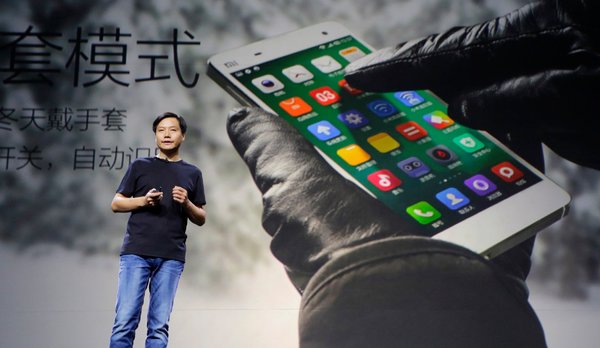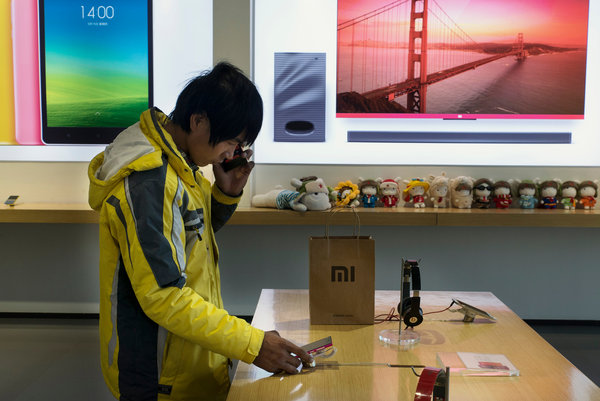TaiShang
ELITE MEMBER

- Joined
- Apr 30, 2014
- Messages
- 27,848
- Reaction score
- 70
- Country
- Location
The global #smartphone market once again saw phenomenal growth in the third quarter of 2014.
From July to September, around 301 million smartphones were sold around the world. That meant a year-on-year sales growth rate of 20%, according to Garter, a U.S. IT research firm.
While #Samsung and #Apple still occupied the leading positions worldwide, the other three brands that made up the Top 5 are #Chinese #tech giants#Huawei, #Xiaomi and Lenovo.
This is the first time that Xiaomi has made it into the Top 5, knocking out South Korean giant LG.
Even though Samsung still enjoys an overwhelming advantage over the other brands, its sales have dropped by 9% compared to last year.
Apple, on the other hand, has done well with the launch of the iPhone 6.
The Chinese brands, meanwhile, have also continued to grow strong, with analysts saying that the blend of good quality and low prices being the key to their success.


From July to September, around 301 million smartphones were sold around the world. That meant a year-on-year sales growth rate of 20%, according to Garter, a U.S. IT research firm.
While #Samsung and #Apple still occupied the leading positions worldwide, the other three brands that made up the Top 5 are #Chinese #tech giants#Huawei, #Xiaomi and Lenovo.
This is the first time that Xiaomi has made it into the Top 5, knocking out South Korean giant LG.
Even though Samsung still enjoys an overwhelming advantage over the other brands, its sales have dropped by 9% compared to last year.
Apple, on the other hand, has done well with the launch of the iPhone 6.
The Chinese brands, meanwhile, have also continued to grow strong, with analysts saying that the blend of good quality and low prices being the key to their success.












